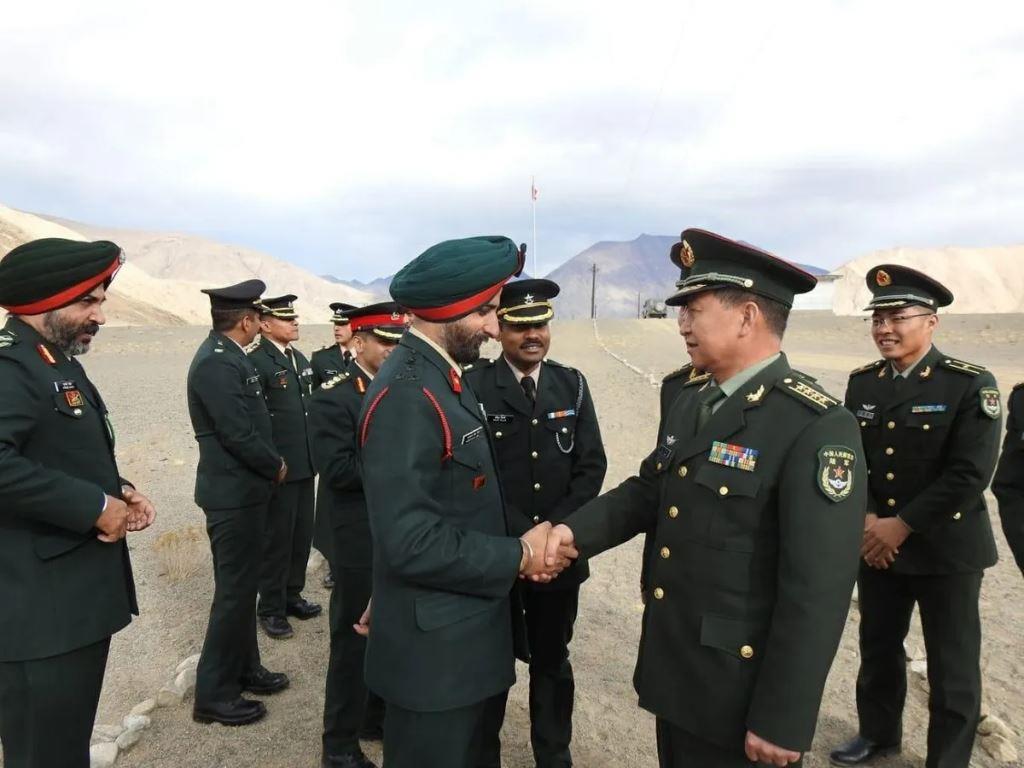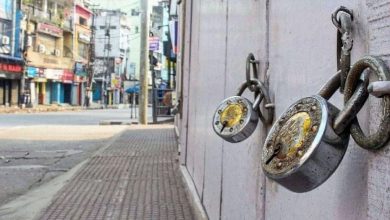India-China agreed to disengagement, soldiers will retreat in three phases

New Delhi : A good news may come from Ladakh in the coming days. From the month of May, the forces of both the countries standing face to face on the LAC can withdraw from the disputed area in a few days. In fact, in the recent discussion of the 8th Corps Commander level between the two countries, there was a discussion about the disengagement plan. Sources told ANI that the disengagement plan would be carried out in three phases a week in the Pangong Lake area, under which armored vehicles, including tanks and armored personnel carriers, would have to be transported at significant distances from the Line of Actual Control (LAC).
According to the discussions, disengagement of tanks and armored personnel is to be carried out within a day. The talks were held on 6 November in which Naveen Srivastava, Joint Secretary, Ministry of External Affairs and Brigadier Ghai of Directorate General of Military Operations participated.
In the second phase to be carried out near the North Bank on Pangong Lake, both sides must withdraw approximately 30 percent of the troops every day for three days. The Indian Army will come close to its administrative Dhan Singh Thapa post, while China has agreed to return to its position on Finger 8. In the third and final phase, the two sides will move from the boundary line along the Pangong Lake area on the south coast to their respective locations, including elevations and areas around Chushul and Rejang La area. The two sides have also agreed for a joint mechanism to verify the progress of the disengagement process through UAV.
The Indian side is proceeding very cautiously on this issue as confidence in Chinese talk and claims has almost ceased after the conflict in the Galvan Valley in June this year. 20 Indian soldiers lost their lives in the conflict in Galvan Valley. Indian soldiers killed several PMA jawans in the conflict, including a commanding officer of the Chinese Army.
Prime Minister Narendra Modi’s trusted security team, including National Security Advisor (NSA) Ajit Doval, Chief of Defense Staff (CDS) General Bipin Rawat, Army Chief General Manoj Mukund Narwane and Airforce Chief RKS Bhadauria, have taken tough measures in relation to Ladakh LAC which includes the capture of Ane La and Que La on heights dominated by the southern and northern shores of Pangong Lake.
India has also taken a tough stance in response to China’s mobilization on LAC in Ladakh. India has deployed 60,000 troops to the forward area, besides bringing it to the reserve divisions from the nearby Himachal Pradesh sector and the plains. The Indian Air Force has rapidly deployed on the frontline, where its fighter jet and attack chopper is ready to attack anytime, while its Garud Special Forces are deployed with the Igla Air Defense System to quickly fire at any enemy aircraft.










